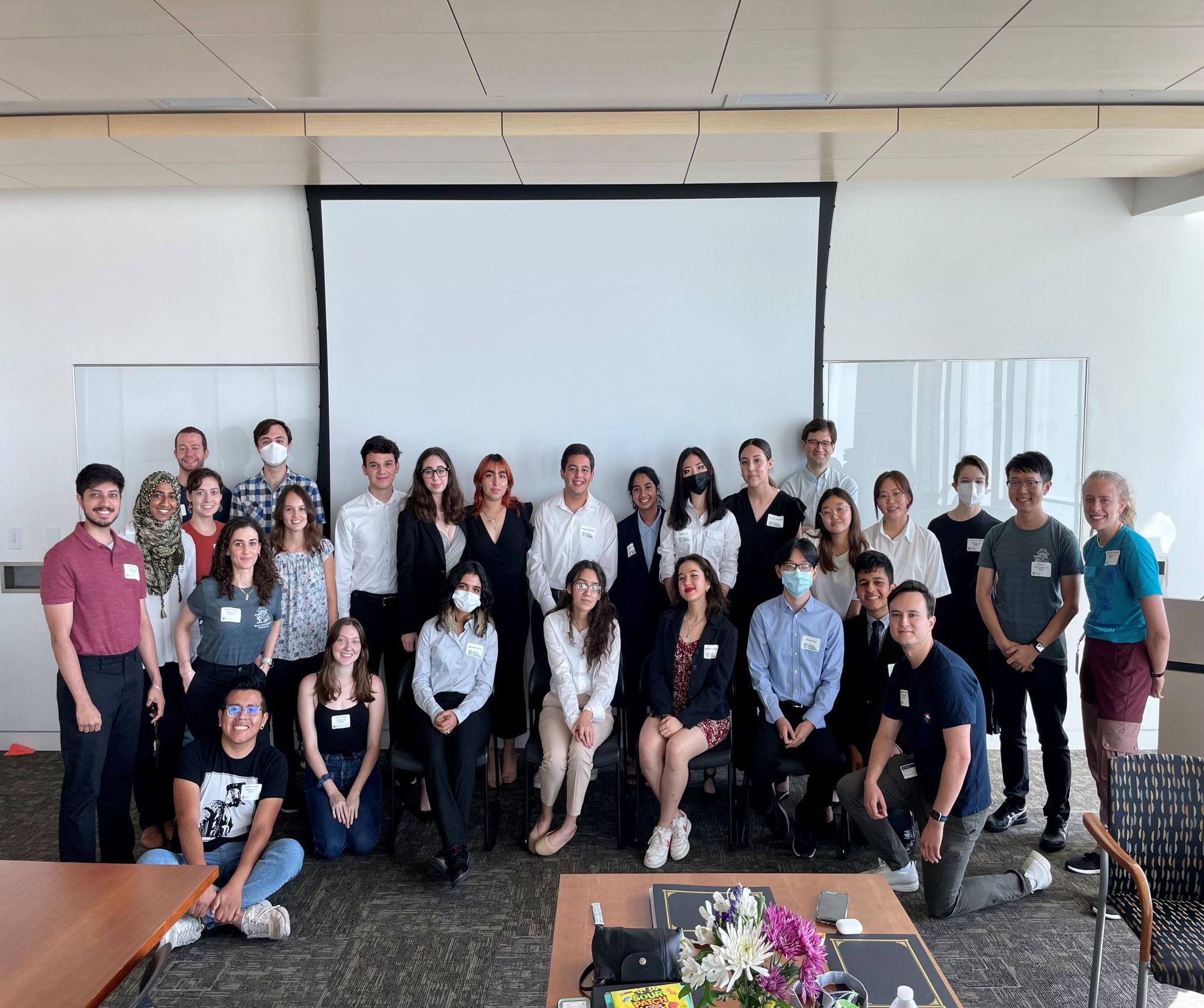The COVID-19 pandemic has been a rude awakening for education systems in general, and more so for students and instructors across the world. It has been—and continues to be—one of the greatest disruptors to the democratized, equitable, and inclusive pursuit of knowledge. Emotional and psychological instability and illness sits as the proverbial cherry on top, to say the least. Amid all of this, are the torchbearers of education, our teachers, instructors, mentors, advisers, and professors who are hit arguably the hardest (Arora, 2020). Resources are extremely strained, low-income communities prioritize safety as education systems collapse, and educators scramble to find order where there may be none (Renz, 2020). While some struggle to access hardware and software resources, other communities that have successfully transitioned to online tools to carry out testing and student evaluation see a rapid rise in malpractice (Lancaster 2021).
However, not all is bleak. Despite seemingly insurmountable challenges, several small, low-income communities, as well as larger institutions, have adapted swiftly to teaching during an ongoing pandemic. One example is from adaptations made by the University of Global Health Equity in Rwanda and several other universities across Egypt, Sudan, Nigeria, Zambia, Ethiopia, South Africa, Namibia, Togo, and Kenya that could not afford to shut down during the lockdowns induced by major infection waves around mid-2020. The university ingeniously coordinated between typical online tools such as Canvas, and an atypical online interactive anatomy teaching platform (building on pre-existing beta open-source apps so as to greatly reduce app development time), along with 24/7 access to several “Anatomage Table 7”s to study dissection and physiological/functional simulation (set up in the campus library and teaching facility via alumni endowments) (Owolabi, 2020). As site visits proved to be next to impossible, several universities designed virtual treks as replacements—filled with clickable links, videos, data charts, and much more to mimic the original experience (Saha, 2022).
Across several emerging modes of instruction, the most popular ones are the hybrid (fixed and equal student outcomes via mixed instruction), hyflex (open expectations of student outcomes via mixed instruction), and flipped (pre-class preparation and fortification during class) methods. Several studies have shown that there is not much difference in the overall effectiveness of one method over another, even during a pandemic context (Rehman, 2021; Calafiore 2021). However, unanimously, these methods perform significantly better than a chalkboard-over-zoom baseline, and when performed in rotation (within a semester or across semesters), it proves to be most effective in keeping students’ motivation and interests sufficiently high. Labs in STEM have been extremely challenging to navigate, and several adaptations in the form of home-kits (simple and inexpensive components, yet thought-provoking analysis), and more successfully, “merging” different subject labs to craft new learning outcomes have been deployed. For example, fusing a physics or general chemistry laboratory course with an intro to coding course has resulted in innovative code-and-simulate-for-yourself experiments which go beyond the traditional and often unattractive tweaking-parameters-to-observe-varying-output style virtual experiments (Fox. Finally, the increased quality and quantity of therapy sessions via online platforms have been instrumental in keeping morale high among students (Hatzichristou, 2021).
While implementing a diverse repertoire of strategies and springing into action (if the emotional headspace allows for it) is generally received well by students and staff alike, sometimes, the best way to cope may be in just knowing when to “let go.” Far too long have educational structures relied on pedantic and outdated styles of instruction. While this pervasive and anachronistic education system is a topic for another discussion, there are some quick and some pensive learnings from a pandemic teaching experience. As learning ultimately involves a majorly human component, the process of learning itself is abstract and subjective in nature, even while dealing with objective content. Instructors often arise from a pool of “high-pressure tolerance over-achievers, and rookie” instructors are far more likely to be extremely enthusiastic about meeting learning goals and quicker to burn out. While this is not new, the added layer of a pandemic has seen many an instructor bogged down too fast and too hard. Taking a deep breath, reorganizing thoughts, and tasks, and generally learning how to let go of certain learning goals in favor of others seems to be a winning strategy. Understanding that while ‘not all is good’ can be a daunting voice-in-the-head, ‘not all is bad’ also holds, and this calls for a change in outlook. Our homes have emerged as powerful environments that can either make or break effective teaching—not underestimating the significance of workspace ambiance and taking time to physically declutter along with mental relaxation (self-care, meditation, seeking counsel) is important now more than ever. (Cohan, 2020) Building further on this, instructors who adapted not once (almost everyone had to make this forced transition during Spring 2020), but several times, consistent with semester timescales and flexibly with varying university/school policies, emerged most successful and satisfied. This took the form of modifying syllabi and student evaluation methodologies across each semester from 2020-present during winter and summer breaks. (Owolabi, 2021). Combining these passive, long-term approaches with more active ones, cautiously in the right ratios, has proven to be safe and effective.
As we come to the end of yet another semester in what might seem like just a page in a book with unending chapters, some of us, perhaps in an odd mixture of realism and exhaustion, seek to find ways to “live with the pandemic,” we can summarize this long-winded analysis in a simple yet profound two-pronged attack. First, staying adaptive throughout (single-step adaptations to something such as the pandemic is also considered stagnation) is crucial (Speer, 2021; Deák, 2021). Switching up instruction and assignment formats keeps attention and motivation high. Second, letting loose, taking a step back to see the big picture, and changing learning goals/outcomes to match the circumstances is a realistic, and effective yardsticks for effective teaching during an ongoing pandemic. Seeking and prioritizing feedback, mental health, and passive elements of teaching is more important now than ever.

